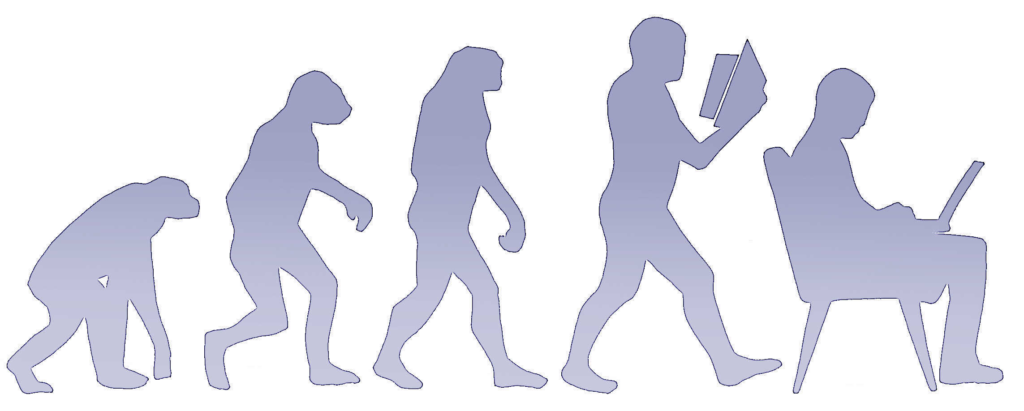Posture
Poor posture leads to a form of injury categorized as repetitive overuse injury. Over a prolonged period of time, repetitive overuse injuries lead to an accumulation of load and pressure on certain parts of the body, mainly the back and neck. Ultimately, this excessive load and tension will become too much for the muscles, tendons, ligaments, and joints to handle. This, in effect, leads to the development of a system of predictable muscle imbalances and dysfunctional movement patterns in the body.
These imbalances and dysfunctional movement patterns were first recognized and classified by the famous Czech scientist, Dr. Vladimir Yanda. He referred to these as “Upper Crossed Syndrome” for the upper body and “Lower Crossed Syndrome” for the lower body. Crossed syndrome and postural syndrome are sometimes used interchangeably.

What Causes Poor Posture?
A quick google search of posture will reveal a lot of results saying that we live sedentary lifestyles spending too much time sitting or on our phones and that is the sole cause of poor posture. This is not necessarily true. While poor ergonomics can cause back and neck pain, posture is more an unconscious positioning. This is controlled by the central nervous system, i.e., the brain and the spinal cord. Posture is hard wired into our nervous system and is an outward expression of how our brain controls our bodies against gravity and other forces. It is believed that those with poor posture have residue neuropathways left over from our distant ancestors who did not walk upright.

Can Chiropractic Help Posture?
In order to change your posture you must take a systematic approach to change your neurology. For someone who has poor posture, standing straight is the equivalent of have a right handed person write with their left hand. This can be done, but it takes a lot of training. Posture is the result tight, shortened overactive tonic muscles and weak, lengthened and under active phasic muscles. Our approach is a 5 step processes:
1. Stretch tight and shortened muscles
2. Release the overactive muscles
3. Mobilize, manipulate and adjust the joints and tissues around the joints
4. Strengthen and active weaker muscles
5. Integrate under active muscles into movement patterns.

